Blog entry #3
1. Exterior Architecture
- American Colonial Style
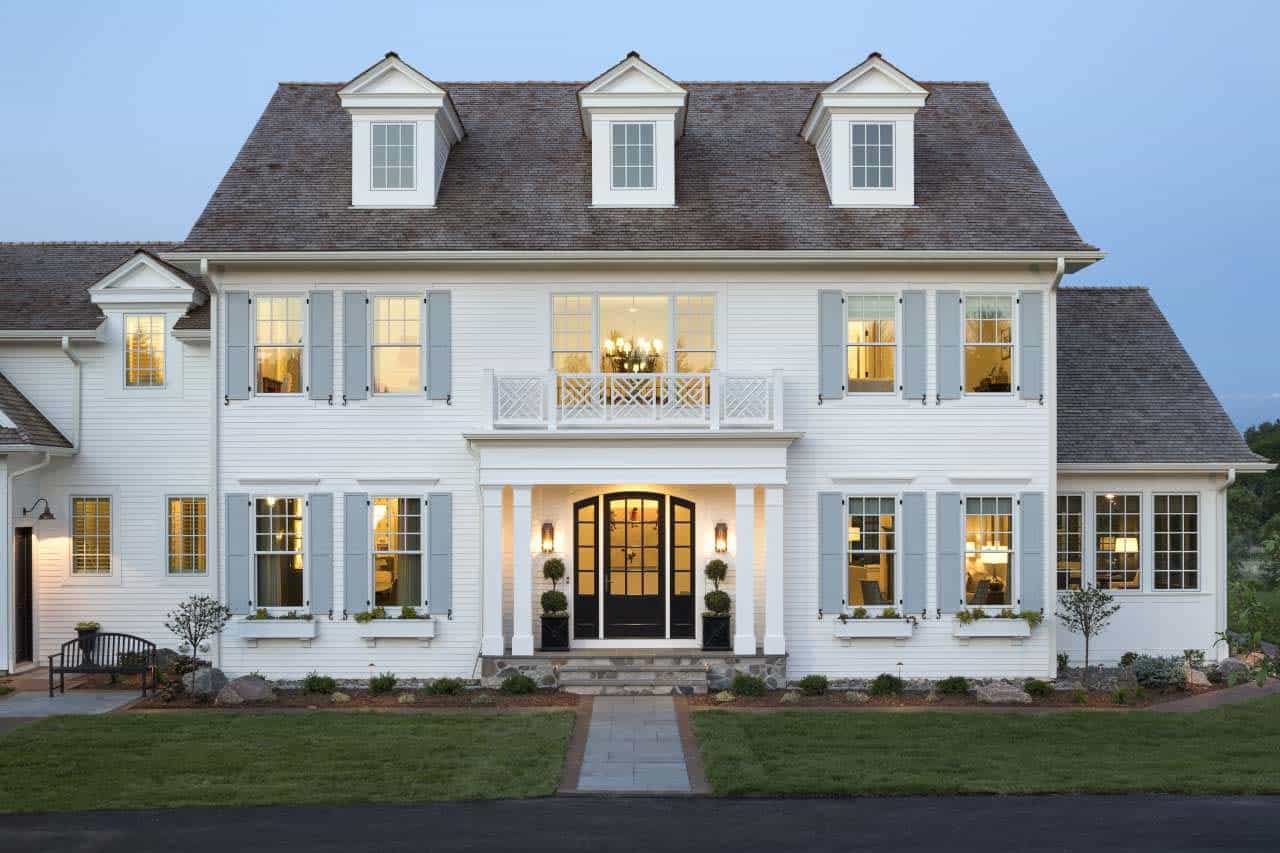

An American Colonial-style home draws inspiration from the early colonial architecture of the American colonies, particularly from the 1600s to the 1800s. This style has evolved over time, but key features remain consistent.
- American Federal Style
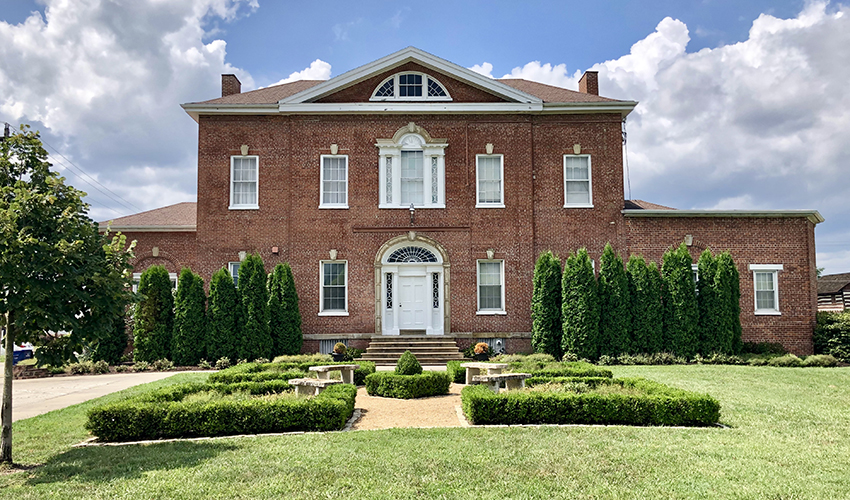
An American Federal-style home, popular from roughly 1780 to 1830, represents a refined and elegant phase in American architecture, influenced by neoclassical design and the ideals of the early republic. It was especially prominent in cities like Philadelphia, Boston, and New York.
- American Victorian Style


An American Victorian-style home, popular from the 1830s to the early 1900s, is characterized by its ornate and eclectic design. This architectural style evolved over time, incorporating various influences, including Gothic, Queen Anne, Italianate, and Second Empire, among others. The result is a highly decorative and varied style that conveys a sense of grandeur and uniqueness.
2. Interior Architecture
- American Colonial Style

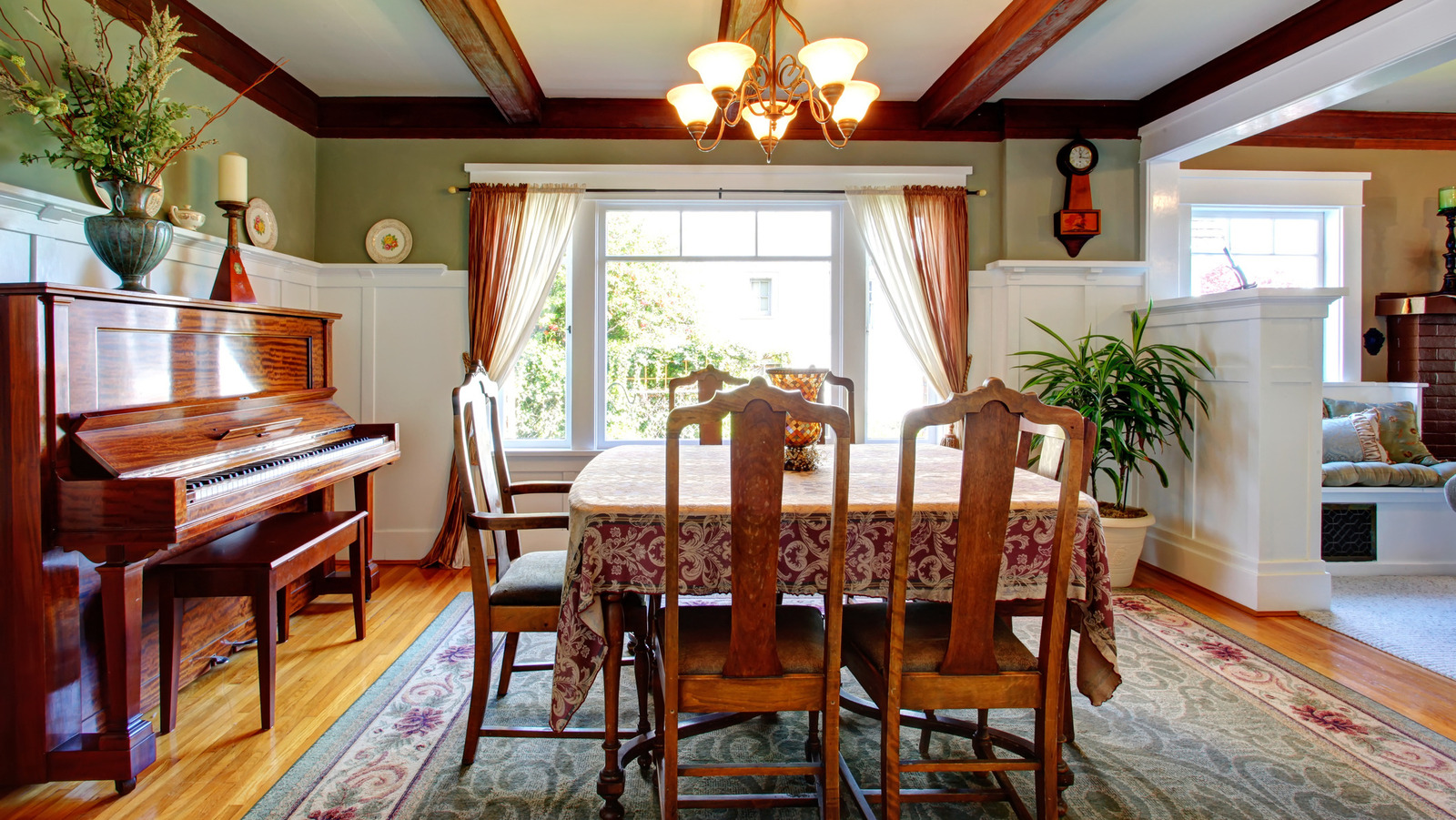
American Colonial style interiors are characterized by a blend of European influences with a distinctly American flavor, stemming from the period of early American colonization, primarily in the 17th and 18th centuries. This style is elegant yet functional, often reflecting the simpler lifestyles of early settlers.
- American Federal Style
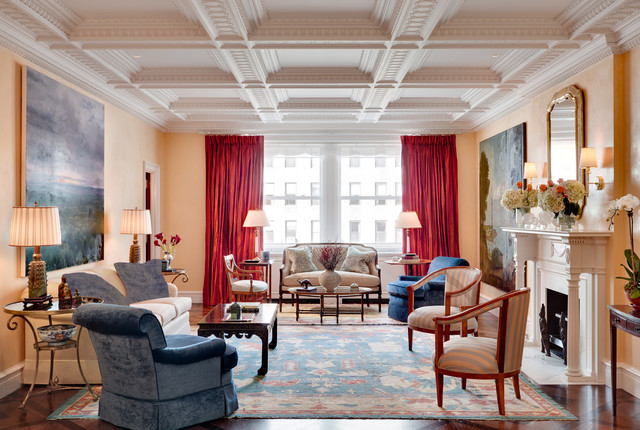
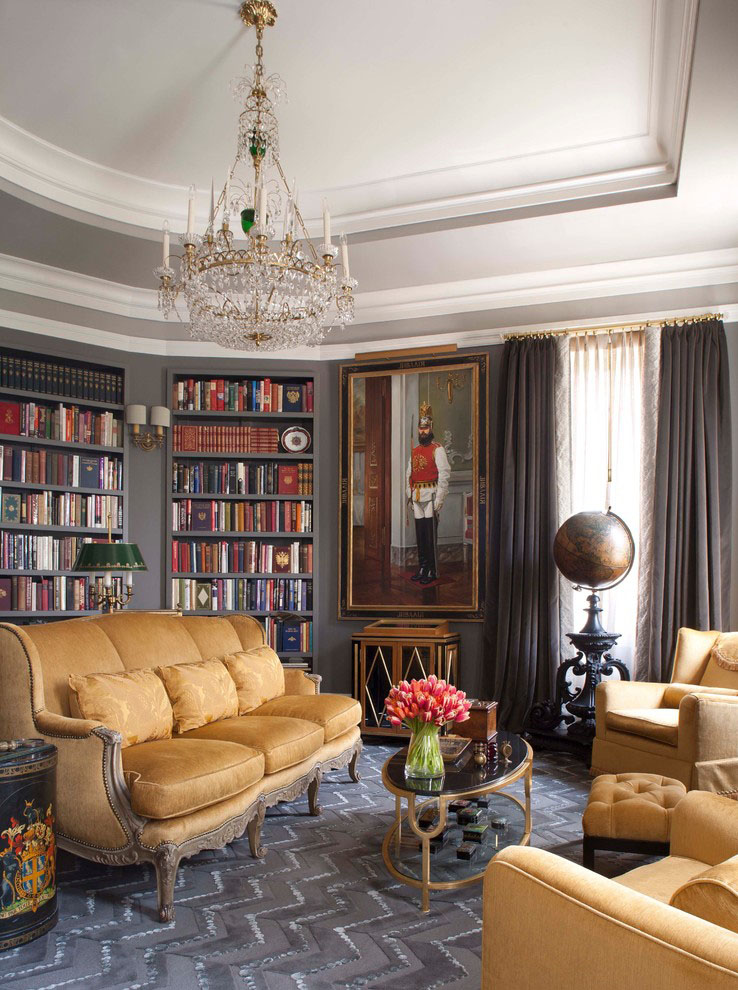
American Federal style interiors, which emerged in the late 18th century and early 19th century, reflect the elegance and refined taste associated with the period following the American Revolution. Influenced by neoclassical European design, particularly from France and England, this style emphasizes symmetry, proportion, and restrained decoration.
- American Victorian Style


American Victorian style interiors, which became popular during the reign of Queen Victoria (1837–1901), are characterized by their ornate, opulent, and eclectic design. This style is known for its lavish detailing, use of rich materials, and a sense of layered, decorative grandeur.
3. Furniture examples
- American Colonial Style
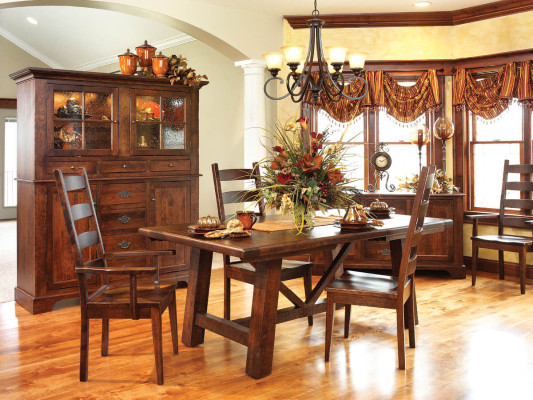

American Colonial furniture refers to the early furniture styles that were made in the American colonies from the early 1600s through the 18th century. These pieces were influenced by European designs, especially from England, but adapted to the materials, techniques, and lifestyles of the American colonies.
- American Federal Style


American Federal furniture, which emerged in the late 18th and early 19th centuries, reflects the neoclassical ideals that dominated the post-Revolutionary period in the United States. Influenced by the classical designs of ancient Greece and Rome, as well as the more restrained elegance of the European Enlightenment, Federal furniture is characterized by its clean lines, symmetry, and understated ornamentation.
- American Victorian Style
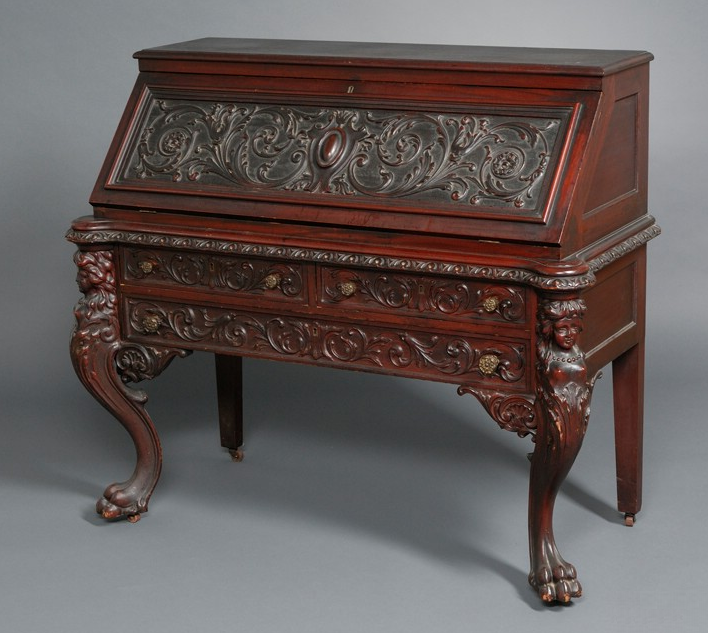
American Victorian furniture is known for its ornate, elaborate designs that reflect the opulence and sophistication of the Victorian era (1837–1901). This furniture style is marked by intricate details, luxurious materials, and a sense of grandeur. Victorian furniture was often mass-produced during this time, but the influence of handcraftsmanship and rich embellishments remained strong.
4. Specialty room
- American Colonial Style
Bathroom
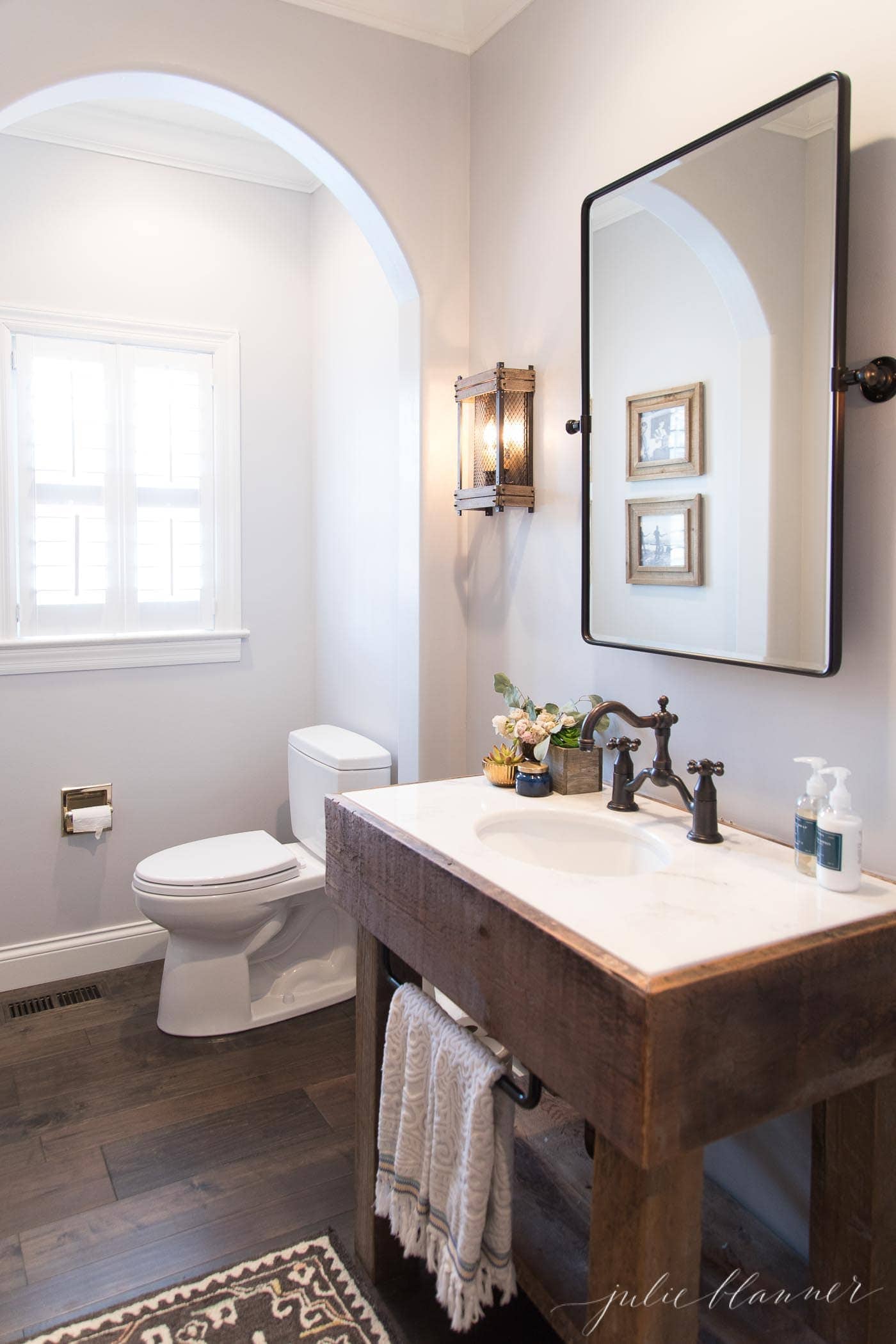
Indoor plumbing and modern fixtures were not introduced until much later. However, the Colonial period did have certain features and fixtures that were adapted to the era’s needs and available technology.
- American Federal Style
Kitchen
While the kitchen was primarily a functional space, it still adhered to the restrained and classical aesthetic of the Federal style, favoring clean lines, symmetry, and understated beauty.
- American Victorian Style
Bedroom
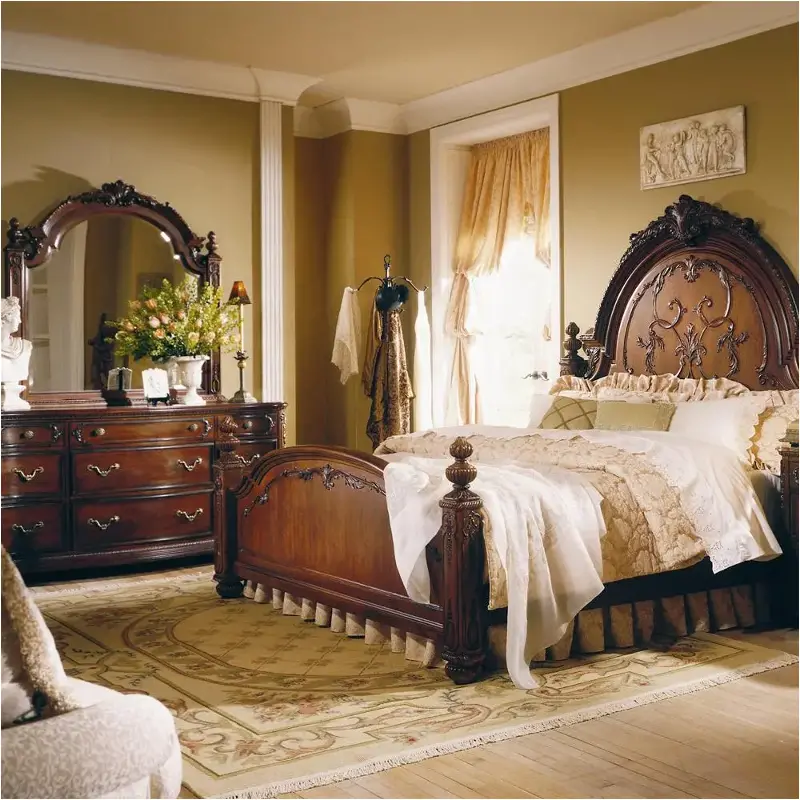
An American Victorian-style bedroom reflects the opulence, complexity, and ornamentation typical of the Victorian era, which spanned from the mid-19th century (roughly 1837–1901) during Queen Victoria's reign in England, and influenced the United States as well. The bedroom was a private sanctuary, and the style focused on comfort, luxury, and a sense of grandeur.

Comments
Post a Comment